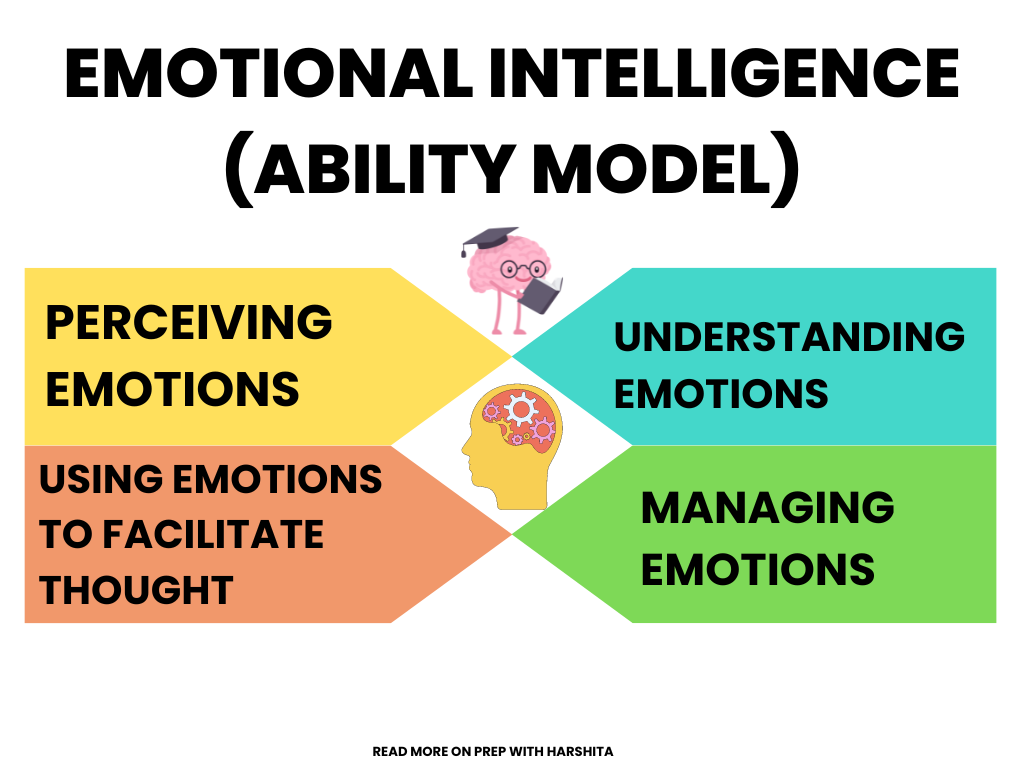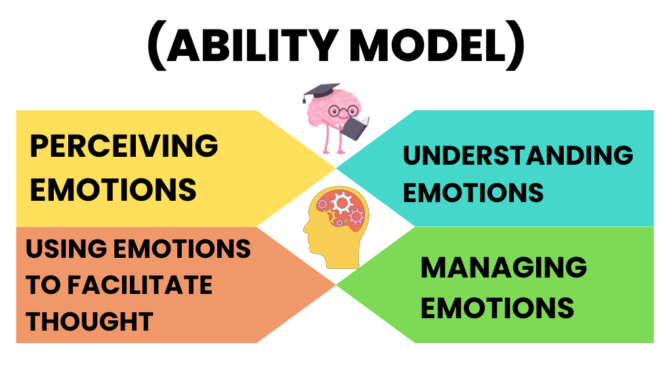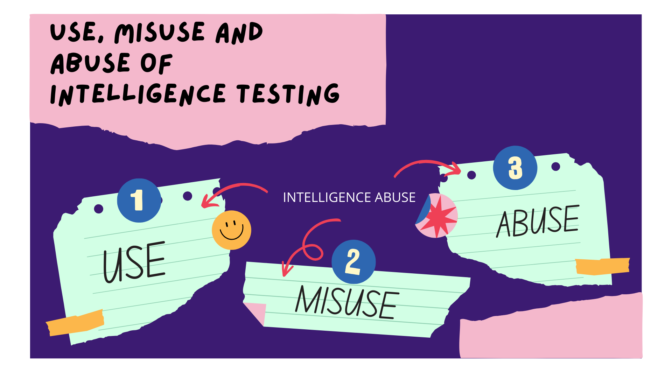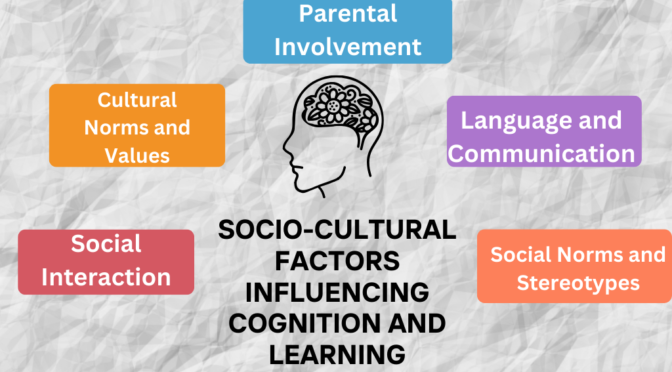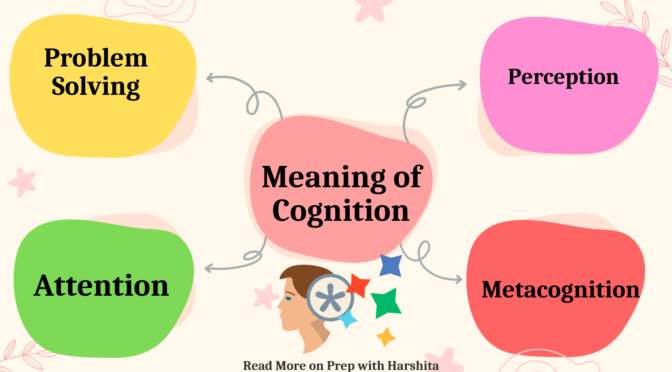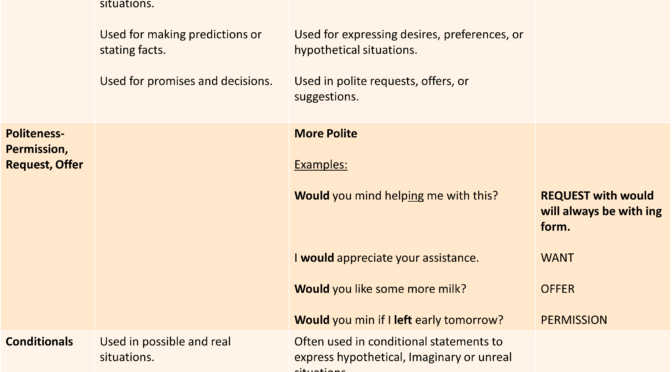Emotional Intelligence (EI) is a concept that refers to the ability to perceive, understand, manage, and use emotions effectively in various situations. The ability model of emotional intelligence, proposed by psychologists John Mayer and Peter Salovey in the early 1990s, conceptualizes emotional intelligence as a set of skills or abilities that can be developed and improved over time.
This Emotional Intelligence model outlines four key components of emotional intelligence:
Perceiving Emotions: This involves the ability to accurately perceive and recognize emotions in oneself and others as well as in objects, art, stories, music, and other stimuli. People high in this aspect of emotional intelligence are often sensitive to nonverbal cues such as facial expressions, tone of voice, and body language.
Using Emotions to Facilitate Thought: This refers to the ability to harness emotions to facilitate cognitive processes, such as problem-solving, decision-making, and creativity. Emotionally intelligent individuals can use their emotions to guide their thinking and adaptively solve problems.
Also Read: Gardner’s Theory Of Intelligence
Understanding Emotions: This involves the ability to comprehend the complex ways in which emotions operate and interact with one another. It includes understanding the causes and consequences of emotions, as well as the ability to recognize how emotions can change over time and in different situations.
Managing Emotions: This refers to the ability to regulate and manage one’s own emotions as well as the emotions of others. It includes strategies for effectively managing stress, controlling impulses, and maintaining emotional balance, as well as techniques for influencing the emotions of others and fostering positive interpersonal relationships.
Also Visit: Prep with Harshita
